- info@sintaductrodder.com
- +86 158 3195 8550

Sometimes it is necessary to run electrical wire or cable through walls or across ceilings but not tearing them apart, but it is dreary and difficult to proceed by hand only. In this case you can use some common tools, such as a fish tape, it can make the work easily, faster and smoothly, also can avoid much wasted drilling holes or damaged cable or wire.
If you are not familiar with wire projects, you can hire a professional electrician to run the wire or cable. Before doing the electrical work, please confirm with local building inspectors, to ensure it is complied to local laws and regulations.
Make sure to turn off all electricity to the outlet or breaker that you will draw power to the new device. Use a voltage tester to double confirm the power is off at the closest outlet or breaker where you plan to connect the wires. Make sure the new device will not overload the circult from the one you will draw power.
Try to working in the day because there is natural light. If the natural light is enough, turn off the major circuit, so there will no any power on at all. If the natural light in the day is not enough or you cannot work in the day, please make sure there is no any light or power in the area you are working in.

Turn off the power
Check the stud at the location where the wire will exit, confirm there is no any duct or cross beam during the path (commonly the path is straight down to basement or straight up to attic). Usually, a stud finder can recognize ducts, studs, pipes and other barriers. If there is no stud finder, it is also ok to used a studs with magnets to knock the wall, to listen if there is any hollow sounds.
If uncertainly, drill a small test hole, then use a bent wire coated hanger to explore.
Please avoid the locations of another electrical outlet which is less than two studs, keep away from the outer wall which usually contain bracket and insulation.
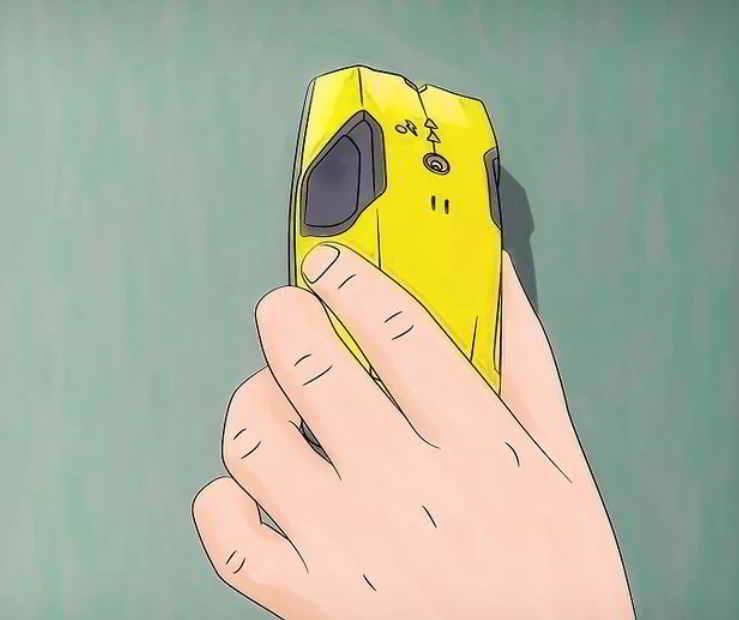
Make sure the space is free
Check the attic, basement and crawl space to confirm there is a clear path to run the cable or wire. Usually you can find the beam along the wall (the top plate or the bottom plate), measure along with it to find the correct point. If there is no any beam, you also can use another method. Find a line nails in the bottom floor, or a couple of very similar beam.
Find a visible vent or other feature from both sides, measure the distance you choose, then measure the same distance on the other floor.
If it fails again, drill a small test hole from the major floor to attic or basement, run the pipeline cleaner or similar items through and put it on the other side.
Then drill a hole on the floor or ceiling.
If you run the cable or wire through ceiling, drill a hole carefully with a drill bit through the ceiling which is above the new wall box location. If you run the cable or wire through basement, drill into the floor next to the basement, pull the tough metal wire or straight coat hanger into the hole. In the attic or basement, look for the beam. In the attic, this beam is the top of the wall, usually we call it top plate. In the basement, this beam is the bottom of the wall, usually we call it bottom plate. You should drill the hole in the middle of the plate. Use a flashlight to check and make sure there is no any electrical wire or pipe behind the walls at the space where you will work.

Mark the same point from above and below
♦ Cut out a piece of drywall where the wire will exit.
♦ If you install an electrical box, trace the outline onto the drywall to get exact dimensions. Otherwise you only need to draw a rectangle.
♦ Drill two holes on the rectangle, one is on the top left corner, another is on the bottom right corner.
♦ Use a hand drywall saw to cut from one hole to another hole slowly along the outline.
♦ If you need to repair the hole after the work, cut inwards to one piece.
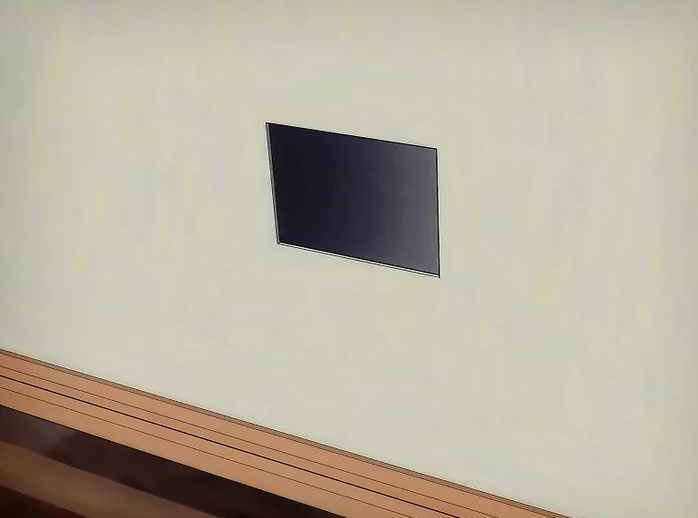
Cut through the drywall
Return to basement, drill through the wall plate where you want to guide the cable or wire through. You may meet nails, choose a drill bit that will not get damanged by metail, such as spade bit.
Drill a hole on the top plate above the new electrical box location. If you want to running cable or wire through crawl space or basement, drill a hole on the bottom plate below the electrical box directly.
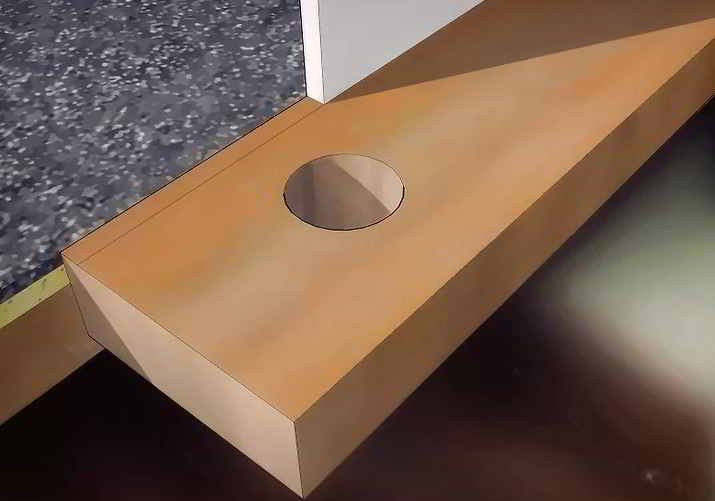
Drill hole through on the other side
Pull cable or wire through by a fish tape, extend the fish tape carefully from one opening to the other opening. Use electrical tape to fix the end of cable or wire tightly onto the hook of fish tape, make sure the tape is smooth enough and the cable or wire can slide through the opening. At the opening of drywall, retract the fish tape firmly, to pull the wire or cable into the wall opening. Be carefull, do not to create friction, it might damage the sheathing of cable, also it avoids the twists which may damage the cable or wire. So you can run the cable or wire easily and smoothly.
If you cannot run the cable through successfully, try to coat the tape wtih petroleum jelly to make it smooth.
Before you begin to run cable or wire by yourself, please make sure you have all necessary tools. For tools, there are voltage tester, stud finder, drywall saw, fish tape, cordless drill and drill bit. For material, there are electrical tape, guide wire etc.
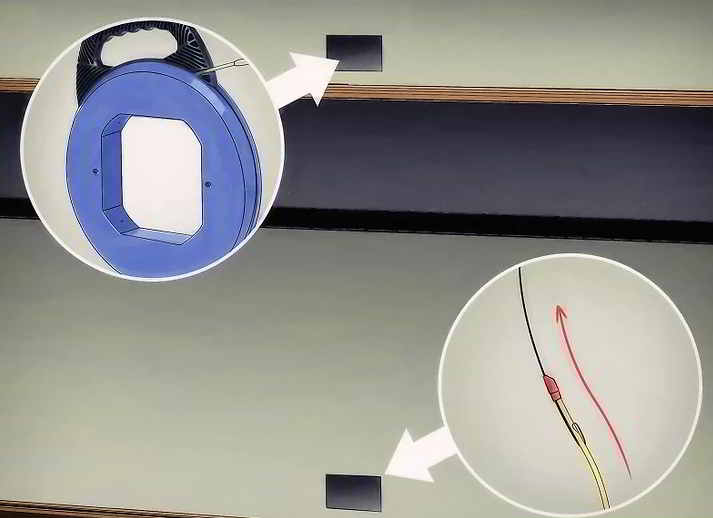
Run the wire or cable
 Duct Rodder
Duct rodder, it is an excellent cable pulling tool. Smooth and resilient surface allows the piercer easily pass through the narrow pipeline. Commonly used in telecommunication pipeline cleaning.
Duct Rodder
Duct rodder, it is an excellent cable pulling tool. Smooth and resilient surface allows the piercer easily pass through the narrow pipeline. Commonly used in telecommunication pipeline cleaning.
 Fiberglass Duct Rodder
Fiberglass duct rodder, It is an auxiliary tool for cable laying in pipelines, and can collect cables conveniently. It is ideal for electrical wire pulling works.
Fiberglass Duct Rodder
Fiberglass duct rodder, It is an auxiliary tool for cable laying in pipelines, and can collect cables conveniently. It is ideal for electrical wire pulling works.
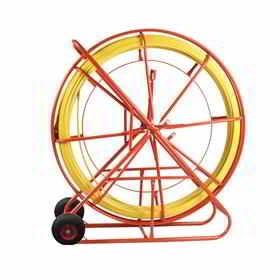 Cobra duct rod
Cobra duct rod is also named cobra conduit rod. It is widely used in various kinds of electric cable pulling pipe line project
Cobra duct rod
Cobra duct rod is also named cobra conduit rod. It is widely used in various kinds of electric cable pulling pipe line project
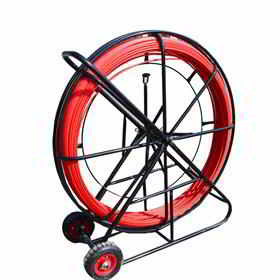 Traceable duct rodder
Traceable duct rodder is a unique type duct rodder with cooper wire inside, which can allow users follow and find the duct rod's route easily.
Traceable duct rodder
Traceable duct rodder is a unique type duct rodder with cooper wire inside, which can allow users follow and find the duct rod's route easily.
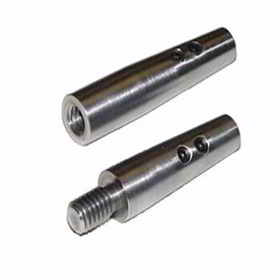 Duct Rodder Accessories
Duct rodder repairt kit of duct rodder includes 5 pcs accessories, drawing head, rod grapple, flexible leader, roller guide, and swivel coupling. The accessories make the cable running easy and simple.
Duct Rodder Accessories
Duct rodder repairt kit of duct rodder includes 5 pcs accessories, drawing head, rod grapple, flexible leader, roller guide, and swivel coupling. The accessories make the cable running easy and simple.
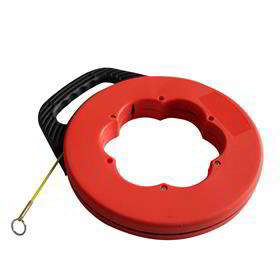 Fish Tape
Fish tape is an ideal tool widely used by an electrician to route through electrical conduit or walls for wires pulling.
Fish Tape
Fish tape is an ideal tool widely used by an electrician to route through electrical conduit or walls for wires pulling.
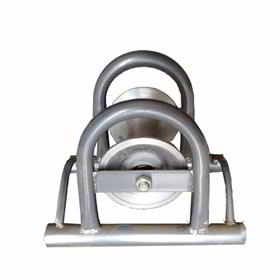 Cable Rollers
Cable rollers are widely used to protect cable from damaged in the field of construction during the cable-laying.
Cable Rollers
Cable rollers are widely used to protect cable from damaged in the field of construction during the cable-laying.
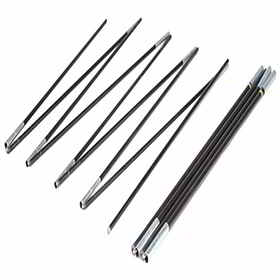 Push Pull Rod
Fiberglass push pull rod is a tooll used for pushing or pulling the wire, cable easily through pipeline or crawl spaces etc. It is widely used in construction, residential electrical and commercial industries. It is excellent for hard to reach places
Push Pull Rod
Fiberglass push pull rod is a tooll used for pushing or pulling the wire, cable easily through pipeline or crawl spaces etc. It is widely used in construction, residential electrical and commercial industries. It is excellent for hard to reach places
Main Products
Tell Me What by wechat
